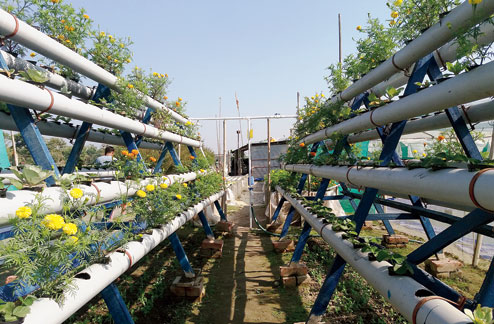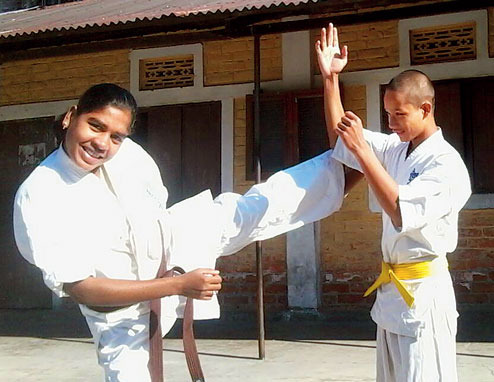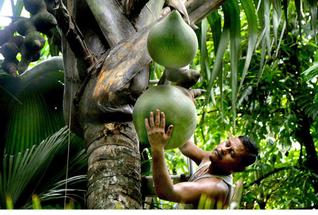
Jalpaiguri:
Two youths in Jalpaiguri have achieved success in combined fish and vegetable farming through an old technology and earned accolades from officials of the district administration who are now planning to showcase their success as an example before farmers.
Arkaprabha Das and Subhadip Mitra have introduced aquaponics, a technology where water is used both for fish and vegetable farming, on a one-bigha plot near Canal More under Kharia panchayat of Jalpaiguri Sadar block, 8km from the town.
With assistance provided by the Fish Farmers’ Development Agency and the district administration, they have come up with the project.
They have dug four ponds, measuring around 30ft by 15ft with a depth of 5-6ft, where they are farming different species of hatchlings like pabda (Indian catfish), punti (swamp barb), telapia (Indian tilapia), shingi (stinging catfish), magur (walking catfish) and chitol (clown knifefish).
“In these ponds, the growth of fishes would be high as compared to other ponds measuring around four-five bighas of land. In those ponds, it takes around six to seven months for fishes to grow but here, the fishes would be of similar sizes within 75 days,” said Das.
Unlike other ponds where the water is stagnant, the water here, which is mixed with the waste released by fishes, is channelized through pipes, which have holes above. On these pipes, the duo have planted marigold shrubs and flowers are also growing on those pipes.
“Due to presence of nutrients in the water, the flowers are also growing steadily. We are then diverting the water to bed (a flat structure) where the water is flown through pebbles. The water here is getting purified while we have planted vegetables on the bed, which are getting the nutrients,” he said.
From this bed, the water is being shifted another bed, known as flowing bed. There, though the water has been kept covered, flowers, strawberry and chillies have been planted above the cover.
In course of the process, ammonia from water is being removed and nitrogen compounds present in it help in growth of plants. Also, the water, while being diverted back to the ponds carries fresh oxygen, which helps in growth of fishes.
“It is old technology but is hardly used by cultivators,” said an official of the district fisheries department.
“We feel aquaponics should be largely used in our state. It can expedite production of fishes, vegetables and flowers. In total, around Rs 5 lakhs or so has been spent for the project. We will keep on helping them in the initiative,” Somnath Chakraborty, the chief executive officer of Fish Farmers’ Development Agency, said.
Rachna Bhagat, DM, Jalpaiguri, said they will showcase the success story among cultivators of the district.
“It is a unique project. We will apprise other cultivators and those who are into fish farming, about the technology,” she said.
source: http://www.telegraphindia.com / The Telegraph, Calcutta,India / Home> West Bengal / by The Telegraph Correspondent / January 06th, 2018




